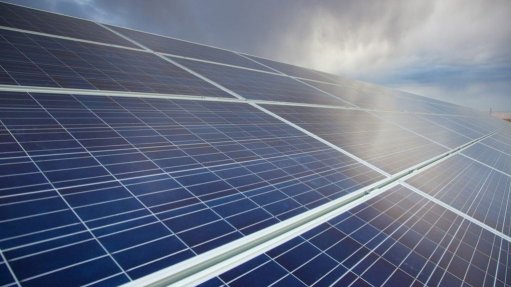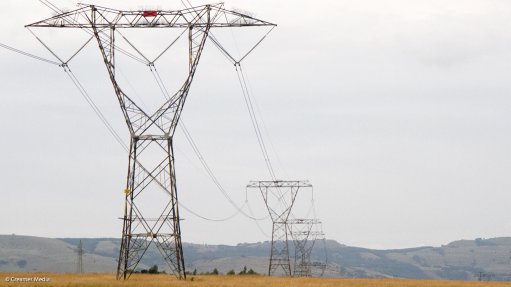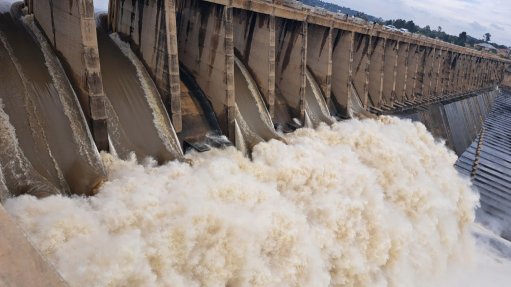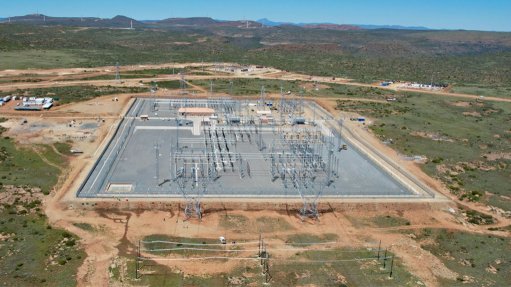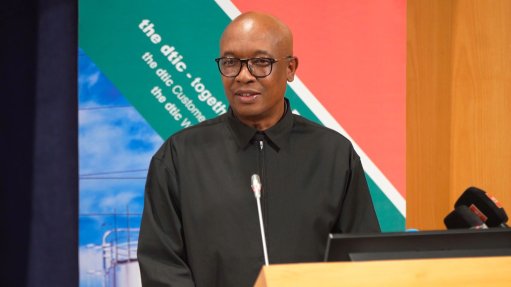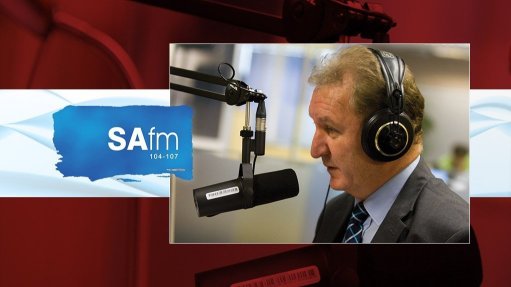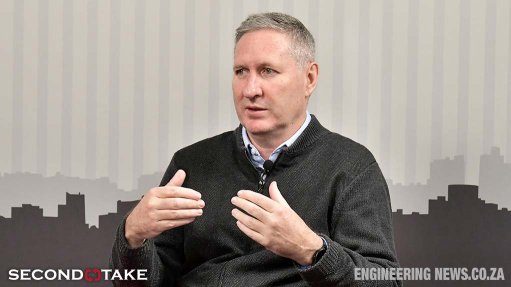Too soon to despair
Question marks have been hanging over the Africa Rising narrative in recent times, with sceptics pointing to faltering gross domestic product (GDP) growth in many countries on the continent. But is this sweet dream dead in the water?
For the uninitiated, this snappy appellation was coined to describe the rapid economic growth experienced by sub-Saharan African countries since the turn of the millennium, engendering the belief that further rapid development is inevitable. At the zenith of the narrative, the region’s GDP growth rate was faster than in many regions of the world. For example, in 2012, five African countries were among the world’s top ten performers. These were Libya, whose GDP expanded by a mesmerising 124%, Sierra Leone (15.2%), Zimbabwe (13.6% – despite the mismanagement of the now deposed Robert Mugabe), Niger (11.8%) and Côte d’Ivoire (10.1%). South Sudan, the continent’s youngest nation – which seceded from the then united Sudan in 2011 – became the continent’s number one country in the GDP stakes in 2013, notching up a growth rate of 29.3%. Angola, Chad and the Democratic Republic of Congo have also produced impressive numbers in recent years.
Sadly, there has been a reversal in this impressive performance of late, with only two countries – Ethiopia and Côte d’Ivoire – making it into the global top ten in terms of GDP growth in 2016. For University of Pretoria political economy professor Lorenzo Floramonti, this was hardly surprising, partly because economic growth is decelerating in many parts of the world and the chances of a rebound on our continent is slim indeed.
Should we then give up on the Africa Rising dream? No, says Brahima Sangafowa Coulibaly, senior fellow and director of the Africa Growth Initiative at the Brookings Institution, a US-based think-tank. A Côte d’Ivoire national, Coulibaly contends that sceptics disregard several key factors. For one, sub-Saharan Africa’s current low aggregate GDP growth rate is, in large part, attributable to the lacklustre performance of the continent’s top three giants – South Africa, Nigeria and Angola – all of which have been going through a rough patch.
Thus, excluding these countries from the aggregate figure and focusing on individual countries would result in a not-so-glum picture of sub-Saharan Africa, GDP-wise. Such an exercise would increase the region’s GDP growth rate for 2017 from an estimated 2.5% to 4%, compared with the forecast global growth rate of 3.5%. What’s more, Coulibaly sees about one-half of sub-Saharan African countries growing over the next five years at a rate similar to or higher than the prevailing rate when their economies were firing on all cylinders.
According to Coulibaly, a former academic who also worked for the US Federal Reserve System in various capacities, another key reality that the naysayers seem to downplay is that the fabulous economic growth rates posted by African countries from 2000 to 2014 cannot be solely attributed to rocketing commodity prices – improvements in macroeconomic management also played a role, as did better governance, more friendly business environments and rising entrepreneurship, all of which should continue to support growth. Further, the dark days when dictators ruled Africa without any accountability seem to be over, and the days when countries were ravaged by civil strife and countries’ institutions were weak are unlikely to return, which bodes well for the continent.
Coulibaly’s views converge with those of the authors of the 2017 Ibrahim Index of African Governance report, who aver that, for many second-tier economies, such as Côte d’Ivoire, Kenya, Rwanda, Senegal and Togo, recent economic performance has been solid enough to tell a very positive story.
In view of the aforesaid, I say it is too soon for the Africa Rising narrative to be deemed dead.
Meanwhile, as this is the last edition of Engineering News for 2017, I would like to wish you members of the burgeoning Africa Beat fan club out there a Merry Christmas and a 2018 with better fortunes than this year.
Comments
Press Office
Announcements
What's On
Subscribe to improve your user experience...
Option 1 (equivalent of R125 a month):
Receive a weekly copy of Creamer Media's Engineering News & Mining Weekly magazine
(print copy for those in South Africa and e-magazine for those outside of South Africa)
Receive daily email newsletters
Access to full search results
Access archive of magazine back copies
Access to Projects in Progress
Access to ONE Research Report of your choice in PDF format
Option 2 (equivalent of R375 a month):
All benefits from Option 1
PLUS
Access to Creamer Media's Research Channel Africa for ALL Research Reports, in PDF format, on various industrial and mining sectors
including Electricity; Water; Energy Transition; Hydrogen; Roads, Rail and Ports; Coal; Gold; Platinum; Battery Metals; etc.
Already a subscriber?
Forgotten your password?
Receive weekly copy of Creamer Media's Engineering News & Mining Weekly magazine (print copy for those in South Africa and e-magazine for those outside of South Africa)
➕
Recieve daily email newsletters
➕
Access to full search results
➕
Access archive of magazine back copies
➕
Access to Projects in Progress
➕
Access to ONE Research Report of your choice in PDF format
RESEARCH CHANNEL AFRICA
R4500 (equivalent of R375 a month)
SUBSCRIBEAll benefits from Option 1
➕
Access to Creamer Media's Research Channel Africa for ALL Research Reports on various industrial and mining sectors, in PDF format, including on:
Electricity
➕
Water
➕
Energy Transition
➕
Hydrogen
➕
Roads, Rail and Ports
➕
Coal
➕
Gold
➕
Platinum
➕
Battery Metals
➕
etc.
Receive all benefits from Option 1 or Option 2 delivered to numerous people at your company
➕
Multiple User names and Passwords for simultaneous log-ins
➕
Intranet integration access to all in your organisation






